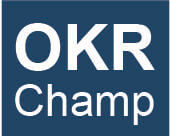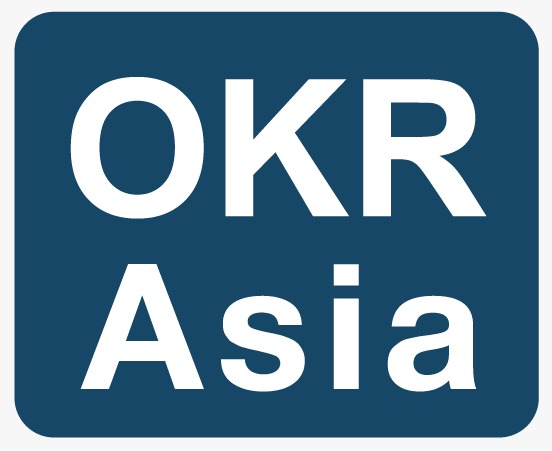How do OKRs support a hybrid work model?
How do OKRs support a hybrid work model?
Remote flexibility has shown a positive influence on employee engagement, productivity, and experience since the pandemic changed the way teams work.
As many companies consider integrating remote work with a return to the office, a hybrid work model is gaining traction. Businesses today are having teams and individuals working from various locations. Maintaining high productivity requires connecting and aligning several teams in an organization and building a hybrid work model simultaneously.
Any hybrid organization needs to be connected and aligned
To ensure that everyone is heading in the same direction, it is recommended to build relationships between employees, teams, and leadership within the organization. The more engaged and motivated an employee feels about the company and their work, the more likely they will be to stick around. About 80% of employees want to work for a company where the purpose and people are vital to them.
A person’s motivation to perform at their best is driven by their connection with others. Having a sense of belonging makes people feel that their work matters, that they are serving a greater purpose. It supports alignment and creates long-term commitment.
Challenges of hybrid work
Alignment, connectivity, collaboration, and visibility are some of the most important ways for companies to achieve organizational unity through hybrid work. On the other hand, a dynamic environment often results in shifting high-level priorities, causing employees to be unclear about their priorities.
Moreover, the company’s goals may affect employee engagement, motivation, and focus. It is recommended that organizations focus on ways of connecting and aligning their teams in today’s hyper-reactive business environment as they move away from familiar work models.
Using OKRs to address hybrid work challenges
OKRs is a framework that can help a company with a fully remote or hybrid model to build strategic alignment and connection. In order to achieve alignment across hybrid work, OKRs as a framework enable teams to identify, agree upon, and rally behind common Objectives and Key Results to align the tasks that support the company’s vision and mission.
OKRs provide leadership with a visible way to track, align & communicate its goals and strategies. To accomplish objectives, measurable and verifiable key results are assigned. By aligning priorities across departments, the company is able to remain innovative and creative. By establishing OKRs, teammates agree on goals that align with company priorities by achieving identifiable, measurable results.
Using OKRs for cross-functional teams
Remote or hybrid work often occurs in companies which use cross-functional teams or squads rather than a strict departmental structure. OKRs are a perfect tool to align on company objectives, which can translate into team or squad objectives and each team member can be assigned to different KRs no matter their background or ability. Team OKRs are a perfect way to set-up remote or hybrid teams on temporary objectives and deliverables.
Conclusion
Having aligned objectives simplifies cross-functional collaboration between employees, teams, and leadership. Hence, it is easier to break down silos across organizations when everyone can identify colleagues who share similar goals.
As a result, OKRs as a framework help create a sense of purpose among individuals and teams, where everyone can see how their contributions benefit the organization.








